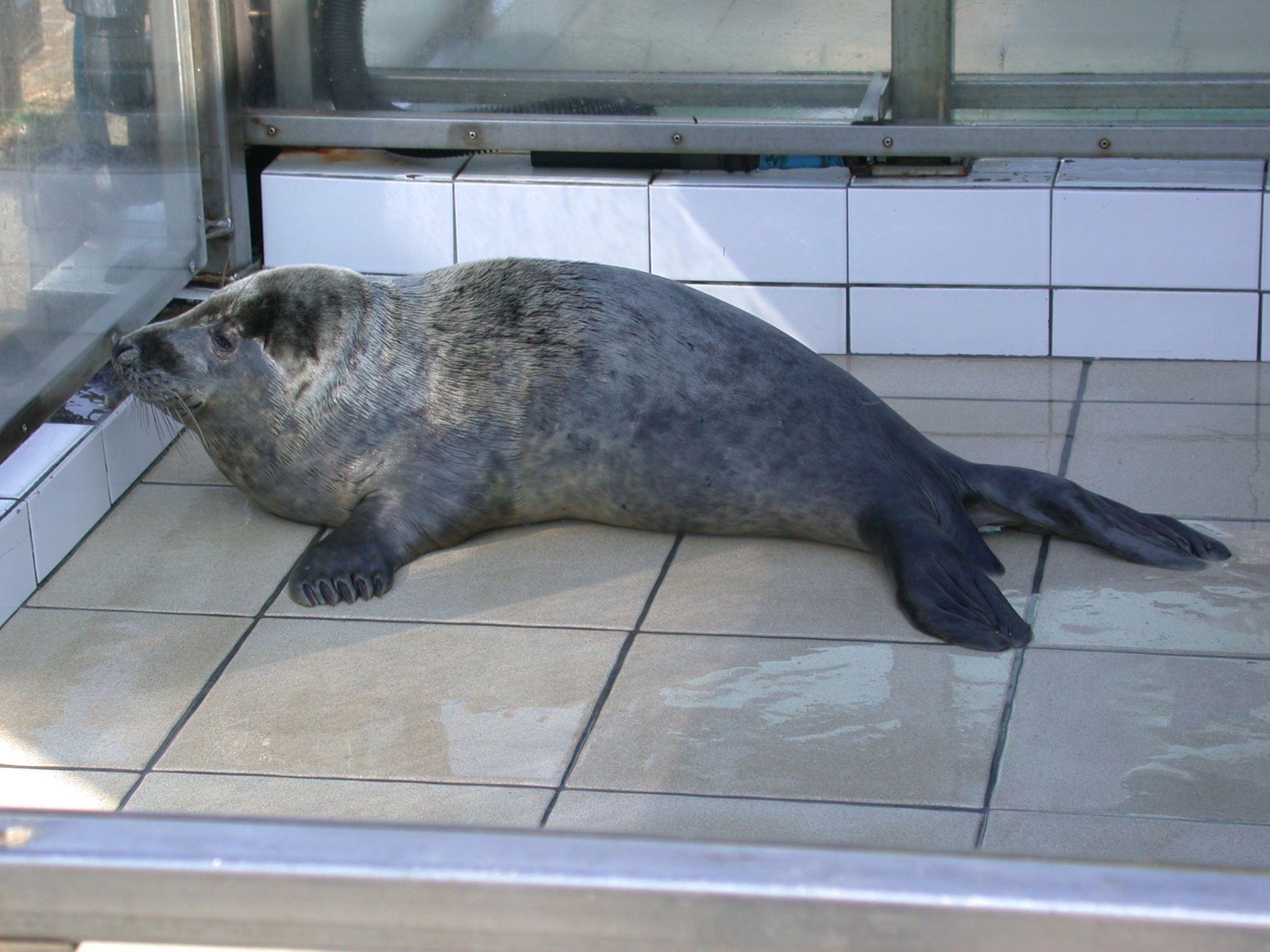willisbogner4
About willisbogner4
Observing Human Interaction in City Public Spaces: A Research Of Social Dynamics
In the center of town, urban public areas function a microcosm of society, offering a rich tapestry of human interaction and social dynamics. This observational analysis article explores the behaviors, interactions, and social structures that emerge in these communal areas, focusing on a metropolis park as the primary site of commentary. By using qualitative observational strategies, this research aims to know how individuals and groups navigate their social environments, fostering connections, and negotiating private house inside the bustling city panorama.

Setting the Scene
The chosen location for this observational examine is a well-liked city park, recognized for its numerous visitor demographic, together with families, professionals, tourists, and varied socio-economic teams. The park options open inexperienced areas, walking paths, playgrounds, and seating areas, making it an ideal setting to observe a wide array of social interactions. The observations had been conducted over a two-week interval, with varying times of day accounted for, including mornings, afternoons, and evenings, to capture different patterns of habits.

Methodology
The observational strategy employed in this research was non-intrusive, allowing for the pure conduct of people and teams to unfold with out interference. Field notes have been taken to document interactions, physique language, and environmental factors influencing social dynamics. Special attention was given to the forms of interactions occurring, including solitary actions, small group interactions, and larger gatherings. The observational knowledge had been analyzed qualitatively, figuring out recurring themes and patterns in social behavior.
Observations and Findings
Solitary Actions
One outstanding statement was the prevalence of solitary actions, notably among people who appeared to be engaged in personal reflection or leisure. Many guests utilized the park as a retreat from the city hustle, usually found studying, meditating, or just having fun with the pure surroundings. These solitary individuals exhibited a variety of behaviors, from deep focus on their actions to occasional interactions with the environment, akin to feeding birds or taking images. This conduct suggests that urban public spaces serve not solely as venues for social interplay but additionally as essential areas for personal respite and introspection.
Group Dynamics
In distinction to solitary activities, group dynamics revealed a fancy web of social interactions. Households gathered for picnics, buddies engaged in sports, and couples strolled hand-in-hand, each group exhibiting distinct behaviors that highlighted their social bonds. Families usually displayed nurturing behaviors, with dad and mom actively participating kids in video games or educational actions, reinforcing familial ties. Buddies, alternatively, tended to show more playful and relaxed interactions, characterized by laughter, teasing, and shared experiences.
Curiously, the dimensions and composition of teams influenced interplay styles. Larger teams often created a way of inclusivity, with individuals participating in collective activities similar to group sports or community occasions. In contrast, smaller groups tended to exhibit extra intimate conversations, with individuals leaning in nearer to each other, showcasing the nuances of social bonding. If you have any concerns pertaining to where and exactly how to make use of erectiledysfunctiontreatments.online, you could call us at our own web site. The dynamics of those groups were fluid, with people steadily shifting between totally different social circles, illustrating the interconnectedness of city social life.
Interactions with Strangers
One other significant discovering was the frequency and nature of interactions between strangers. Public spaces like parks often serve as neutral grounds for spontaneous social encounters. Observations revealed that individuals have been generally open to transient exchanges, whether or not through a shared smile, a nod of acknowledgment, or even transient conversations. These interactions usually occurred within the context of shared actions, resembling ready in line for meals from a vendor or collaborating in a communal exercise class.
The willingness to have interaction with strangers various based on components resembling age, gender, and cultural background. For instance, youthful people appeared extra inclined to provoke conversations, often pushed by a way of curiosity or the need to make new buddies. In distinction, older adults tended to take care of a extra reserved demeanor, often preferring solitary activities or interactions within established social groups. This observation highlights the position of social norms and individual comfort ranges in shaping public interactions.
Environmental Influences
The physical environment of the park additionally performed a vital position in shaping social dynamics. The structure, amenities, and overall ambiance contributed to the varieties of interactions observed. For instance, areas with ample seating and shaded spots tended to draw larger groups, fostering social gatherings. Conversely, quieter areas with limited seating were typically preferred by individuals seeking solitude or participating in a single-on-one conversations.
Additionally, the presence of park amenities, akin to playgrounds, sports activities amenities, and food distributors, influenced social conduct. Households with kids gravitated in direction of playgrounds, where kids could play while mother and father socialized with other caregivers. Food vendors created a communal atmosphere, drawing individuals together as they waited in line, leading to spontaneous conversations amongst strangers.
Conclusion
The observations conducted on this city public space reveal the intricate tapestry of human interplay that unfolds in metropolis parks. From solitary reflection to dynamic group interactions, the park serves as a significant social hub where people navigate their social environments, fostering connections and interesting with each acquainted and unfamiliar faces. The findings underscore the significance of public areas in facilitating social interactions, contributing to neighborhood cohesion, and offering alternatives for private respite.
As urban areas proceed to evolve, understanding the social dynamics within these public spaces turns into more and more essential. Future research might develop on these findings by exploring particular demographic elements, resembling age, ethnicity, and socio-financial status, to gain deeper insights into how these variables influence social behavior in city settings. Ultimately, the research of human interplay in public areas offers helpful perspectives on the complexities of urban life and the methods during which people connect within their communities.
No listing found.
